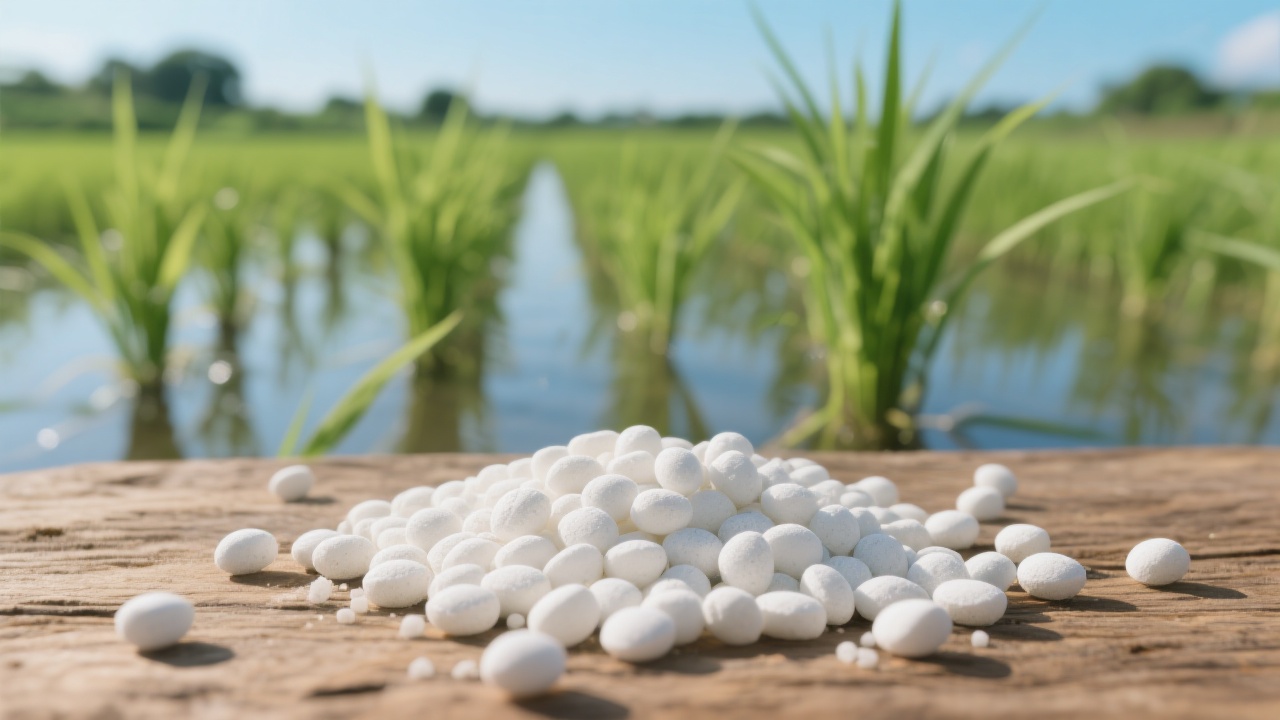
In the global agricultural supply chain, industrial-grade monoammonium phosphate (MAP) stands out as a high-efficiency phosphorus fertilizer that delivers both nitrogen and phosphorus—critical nutrients for root development, disease resistance, and yield optimization. With over 70% of global MAP production used in agriculture, understanding its manufacturing process and quality control is essential for farmers, agronomists, and manufacturers alike.
Unlike basic fertilizers, MAP provides a 11–52 ratio of N–P₂O₅, making it ideal for early-season crop growth when roots need strong nutrient uptake. Studies from FAO show that crops like maize, rice, and wheat respond to MAP with up to 18% higher yields compared to urea-only applications. The solubility of MAP ensures rapid nutrient availability—even in low-pH soils where other P-fertilizers may lock up.
| Stage | Key Parameters | Industry Standard Reference |
|---|---|---|
| Raw Material Mixing | NH₃ concentration ≥ 99%, H₃PO₄ purity ≥ 85% | ISO 6928:2020 |
| Reaction Temperature | Controlled at 60–70°C to avoid ammonium loss | ASTM D1807 |
| Granulation | Particle size: 2–4 mm for uniform application | EN 13933 |
For industrial users, consistency means fewer field failures and better ROI. Key tests include:
In real-world trials across Brazil, India, and China, MAP-treated fields showed 22% reduction in root rot incidence and 15% faster emergence time due to enhanced early-stage phosphorus assimilation. This makes MAP not just a nutrient source—but a strategic tool for sustainable farming.

While premium brands dominate retail markets, industrial-grade MAP offers superior cost-performance ratios for large-scale farms and agri-input producers. In Southeast Asia, where labor costs are rising, automated precision seeding systems paired with MAP have reduced input waste by up to 30% while boosting grain protein content by 5–7%. That’s not just efficiency—it’s competitive advantage.
Whether you're sourcing for soil health in sub-Saharan Africa or optimizing irrigation in California, MAP delivers predictable results when produced under strict quality protocols. Its role in modern crop nutrition isn’t just supportive—it’s foundational.
Ready to optimize your fertilizer strategy? Get our free whitepaper: “How to Choose the Right MAP Grade for Your Region’s Soil Profile” — packed with case studies from 12 countries.
Download Now →